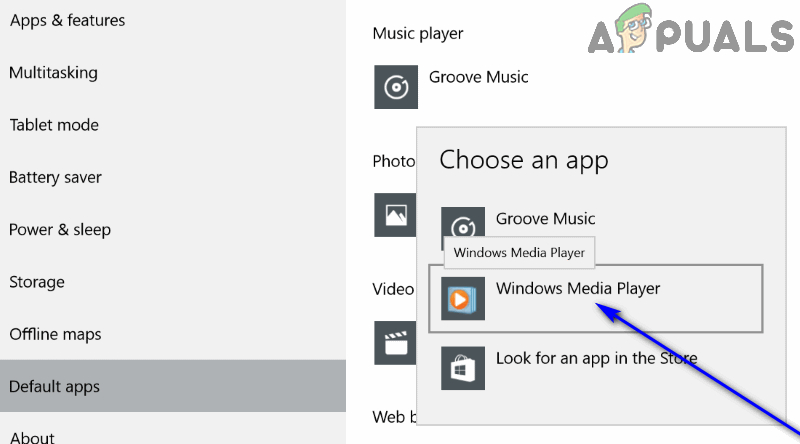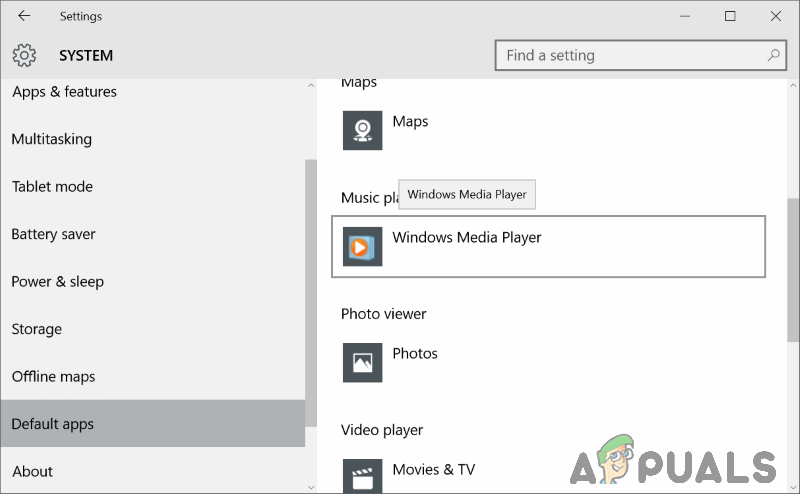How to Make Windows Media Player Default
For as long as Windows users can remember, Windows Media Player has always been the default playback program for audio and video files. Unfortunately, this changed when Windows 8 came around, and the same is true for every iteration of the Windows Operating System that was developed and distributed after Windows 8. Microsoft has set modern or universal applications as playback defaults on Windows 8, 8.1 and 10 – Windows 8 and 8.1 have the Music app set as the default playback app for audio files, and Windows 10 has the revamped Groove music app set as the default.
The Music and Groove Music apps are pretty decent as far as features and audio playback go, but most Windows users would still prefer to have Windows Media Player handle all of their audio file playing – for nostalgia, if nothing else. Microsoft hasn’t made any major changes or improvements to the Windows Media Player, but the playback program is still one of the best and most commonly used media playback applications for Windows. Windows Media Player is also much faster as compared to Windows 10’s Groove Music app, which is quite clunky and unstable for most Windows 10 users.
Thankfully, it is entirely possible for you to replace whatever your default music playback application is on any version of the Windows Operating System with Windows Media Player. In addition, doing so is also no uber complicated feat. If you want to set Windows Media Player as default on a Windows computer, here’s how you can do exactly that:
On Windows 8/8.1
Method 1: Set Windows Media Player as default using the Default Programs utility
- Switch to the Start screen.
- Initiate a search for “default programs“.
- Click on the search result titled Default Programs.
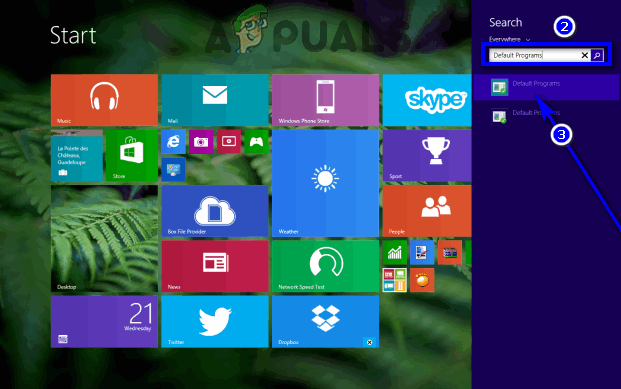
- Click on Set your default programs in the right pane of the window.
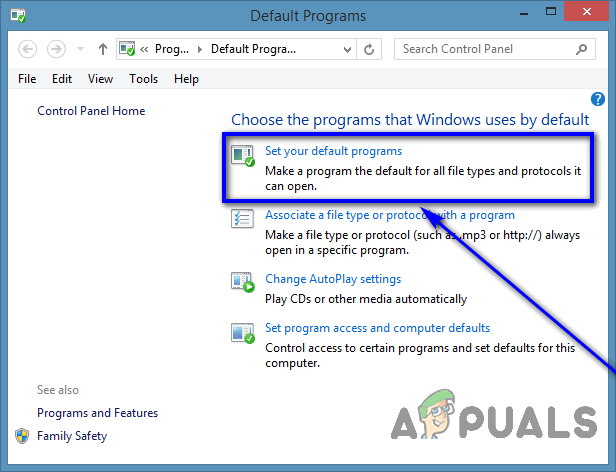
- Wait for the list of programs installed on your computer to be populated.
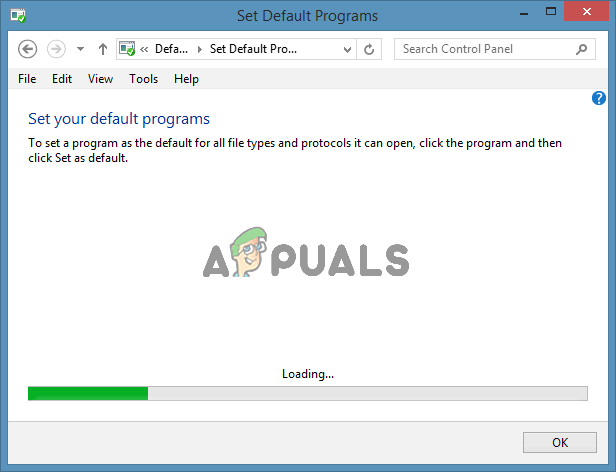
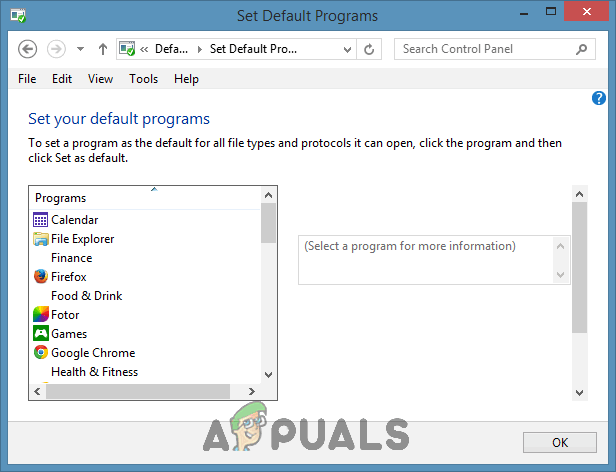
- In the left pane, locate the listing for Windows Media Player under Programs and click on it to select it.
- In the right pane, click on Set this program as default to set Windows Media Player as the default playback program for every single file type that it supports, or click on Choose defaults for this program, check the checkboxes next to every single one of the file types you want Windows Media Player to be the default for, and click on Save.
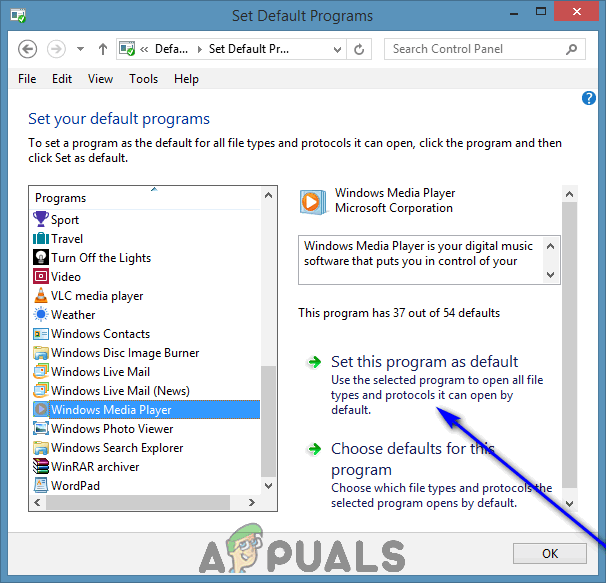
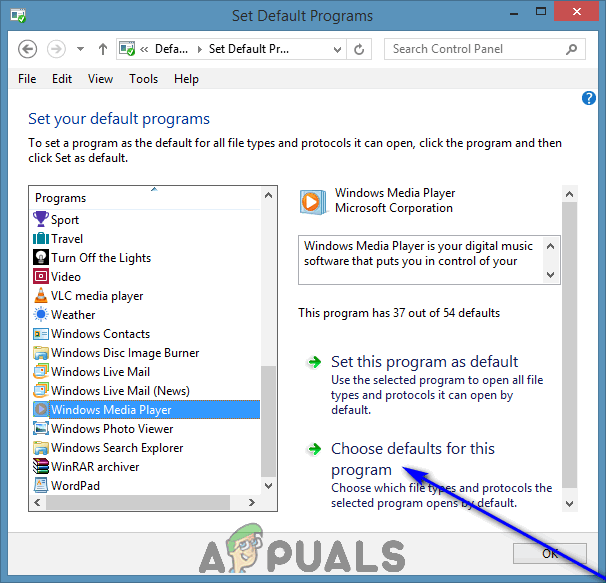
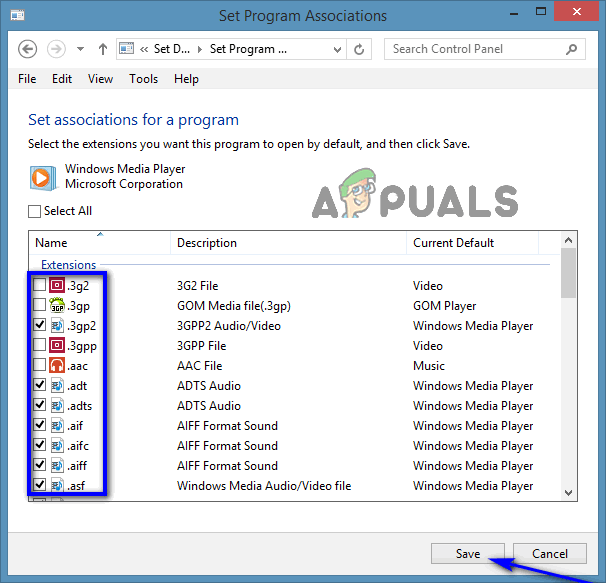
Method 2: Set Windows Media Player as the default for individual file types
Alternatively, you can also set Windows Media Player as the default for one specific file type at a time. This is especially useful if you only want Windows Media Player to be the default playback program for one or a few file types – you can simply set it as the default for the selected file types one by one. To set Windows Media Player as the default playback app for one individual file type at a time, you need to:
- Right-click on a file that is of the file type you want to associate with Windows Media Player.
- Hover over Open with.
- Click on Choose default program….
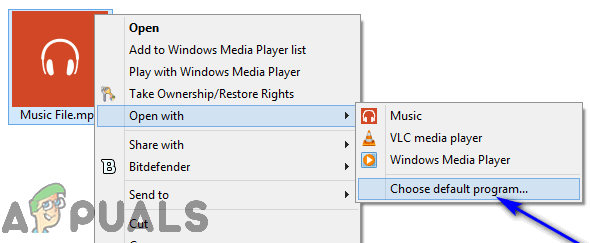
- Make sure that the Use this app for all (file extension) files option is enabled, and click on Windows Media Player to select it as the default playback application for these specific types of files.
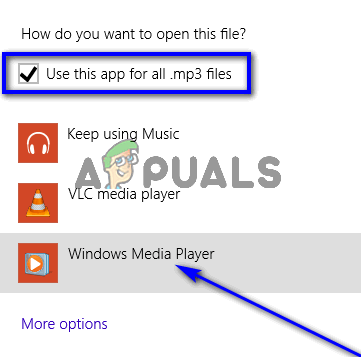
On Windows 10
Configuring Windows Media Player as the default playback application works a bit differently on Windows 10 than it does on Windows 8 and 8.1 as the whole shebang is done via Windows 10’s Settings utility. To set Windows Media Player as default on a Windows 10 computer, here’s what you need to do:
- Open the Start Menu.
- Click on Settings.
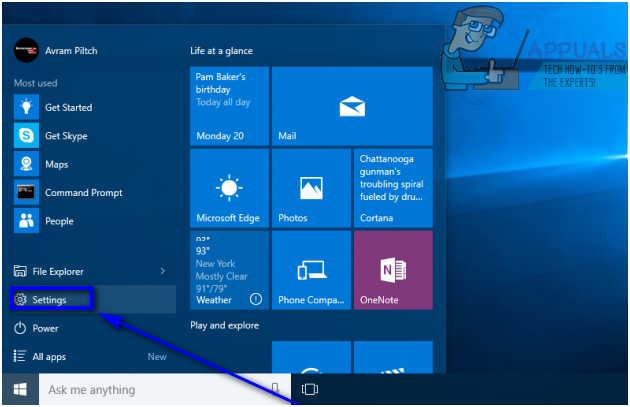
- Once you’re in the Settings utility, click on System.
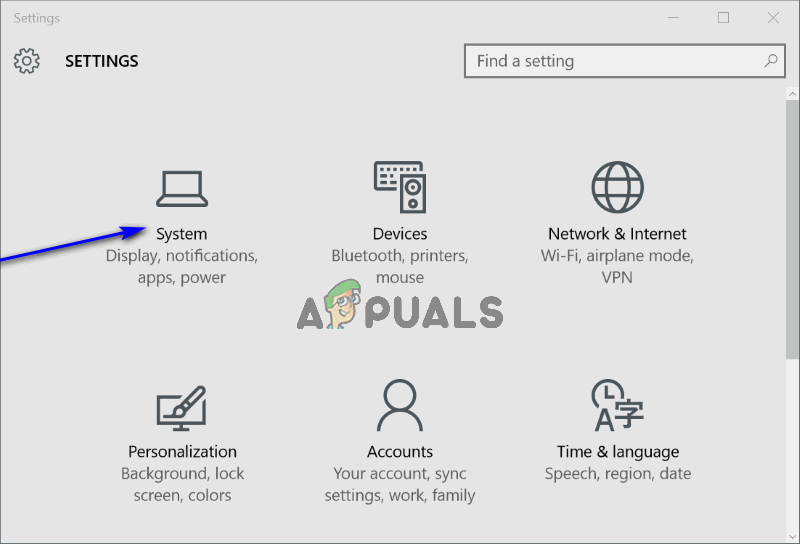
- In the left pane of the window, click on Default apps.
- In the right pane of the window, scroll down to the Music player section. You will see an entry for your current default music playback app under the Music player section. In most cases, this will be Groove Music. To replace your current default music player with Windows Media Player, click on the entry for your current default music player. For example, if Groove Music is presently your default playback program for audio files, click on Groove Music.
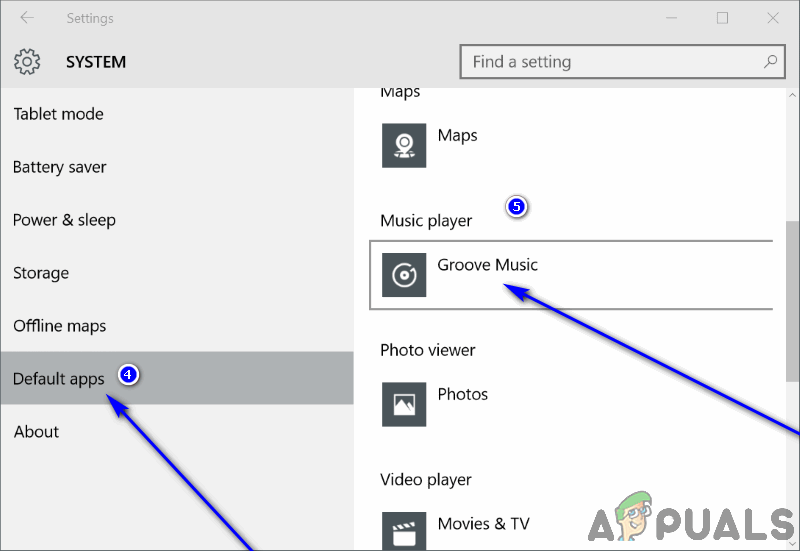
- In the Choose an app dialog that opens up, click on the listing for Windows Media Player. As soon as you do so, Windows Media Player will be set as the default music playback program for your Windows 10 computer. You can, at this point, close the Settings utility and go back to using your computer, now with Windows Media Player as your default music player.
